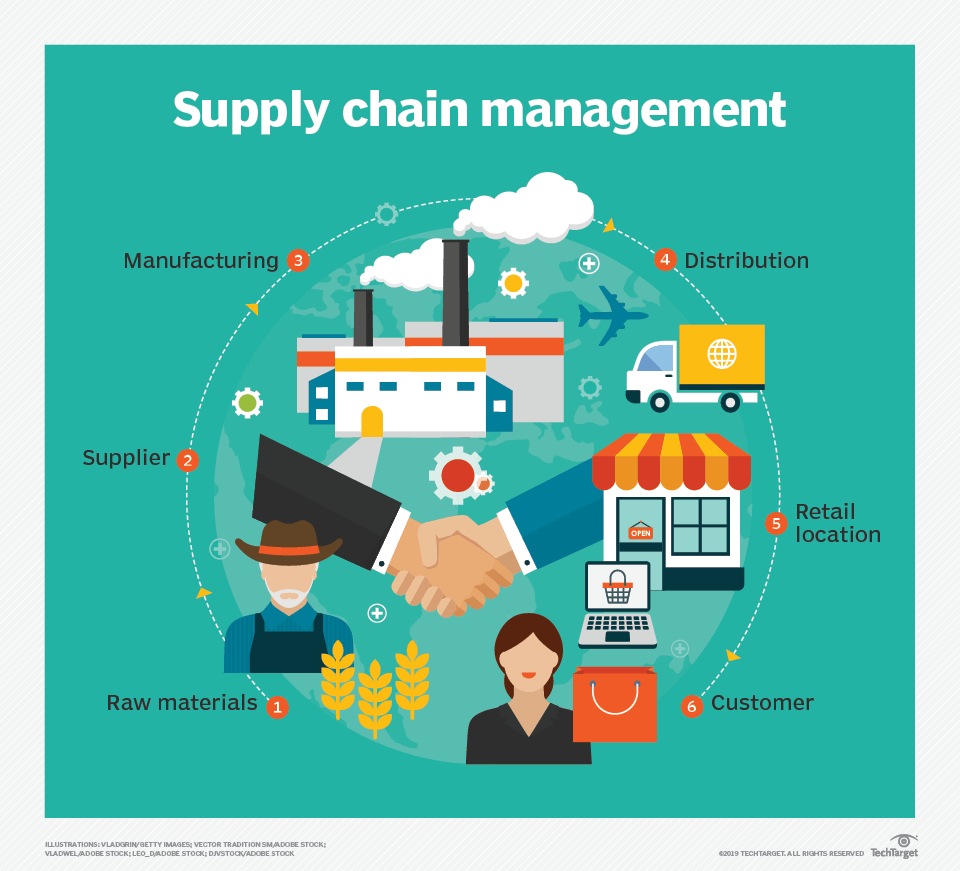Hospitality Management (Supply Chain)
Managing Uncertainty in a Supply Chain:
Safety Inventory
(Student Report)
(Contact the Author for full content)

Definition:
Uncertainty
• A state of having limited knowledge such that it is
impossible to exactly describe an existing state or future outcomes or to
determine which of several possible outcomes will happen.
• is a state of having limited knowledge of current
conditions or future outcomes
Safety Inventory
• Inventory carried for the purpose of
satisfying demand that exceeds the amount forecasted in a given period.
Safety Inventory is Carried…
Because
•
Demand is Uncertain.
•
A Product Shortage may result if actual demand exceeds the forecast
demand.
Example: Clothing Store
Role of Safety
Inventory
•
Raising the level of safety inventory provides higher levels of
product availability and customer service and thus the margin and thus the
margin captured from customer purchases
• Raising the level of safety inventory also raises
the level of average inventory and therefore increases holding costs.
Key Questions to have a Safety Inventory:
- What
is the appropriate level of product availability?
- What
actions can be taken to improve product availability while reducing safety
inventory?
Determining Appropriate Level of Safety Inventory
- Measuring Demand Uncertainty
- Measuring Product Availability
- Replenishment Policies
- Evaluating Cycle Service Level and
Fill Rate
- Evaluating Safety Level Given
Desired Cycle Service Level or Fill Rate
- Impact of Required Product
Availability and Uncertainty on Safety Inventory
Appropriate Level of Safety Inventory
Determined by:
-Uncertainty of both demand and supply
-The desired level of product availability.
- Measuring Demand Uncertainty
Ø Demand has Systematic Component and Random
Component
2.
Measuring
Product Availability
3.
Replenishment
Policy
Continuous
Review Policy
Cycle
Service
• is
the expected probability of not hitting a stock-out during the next
replenishment cycle, and thus, it is also the probability of not losing sales.
Fill
Rate
· is the fraction of customer demand that is met through immediate stock availability, without backorders or lost sales.
Fill Rate
Evaluating Fill Rate
Factors Affecting Fill Rate
Example:
Evaluating
Fill Rate Given A Replenishment Policy
5. Evaluating Safety Inventory given desired Cycle
Service Level (CSL) and Fill Rate
·
Given Desired CSL
Given Desired Fill Rate
6. Impact of Required Product Availability and
Uncertainty on Safety Inventory
Determined by:
-Uncertainty of both demand and supply
-The desired level of product availability.
- Measuring
Demand Uncertainty
Ø Demand has Systematic Component and Random
Component
2. Measuring Product Availability
3. Replenishment Policy
Continuous Review Policy
Cycle Service
• is
the expected probability of not hitting a stock-out during the next
replenishment cycle, and thus, it is also the probability of not losing sales.
Fill Rate
· is the fraction of customer demand that is met through immediate stock availability, without backorders or lost sales.
Fill Rate
Evaluating Fill Rate
Factors Affecting Fill Rate
Example:
Evaluating
Fill Rate Given A Replenishment Policy
5. Evaluating Safety Inventory given desired Cycle
Service Level (CSL) and Fill Rate
·
Given Desired CSL
Given Desired Fill Rate
6. Impact of Required Product Availability and
Uncertainty on Safety Inventory
Comments